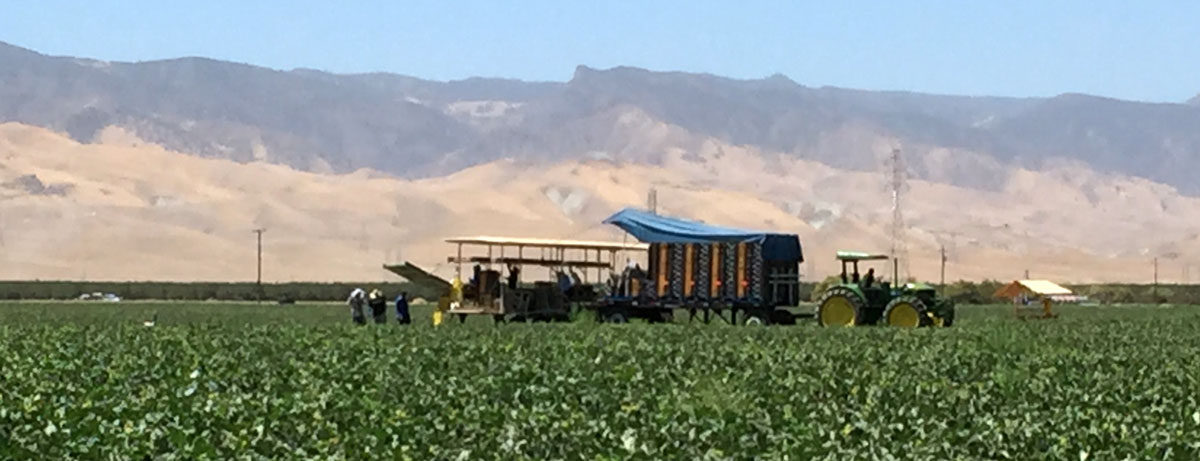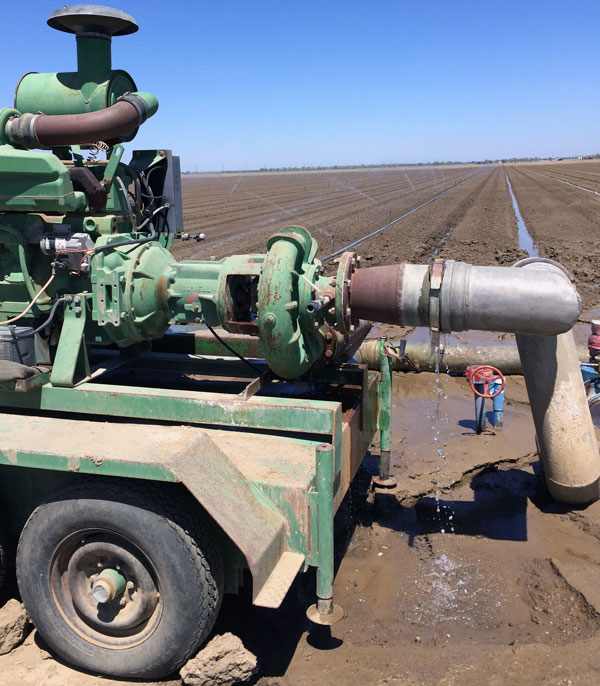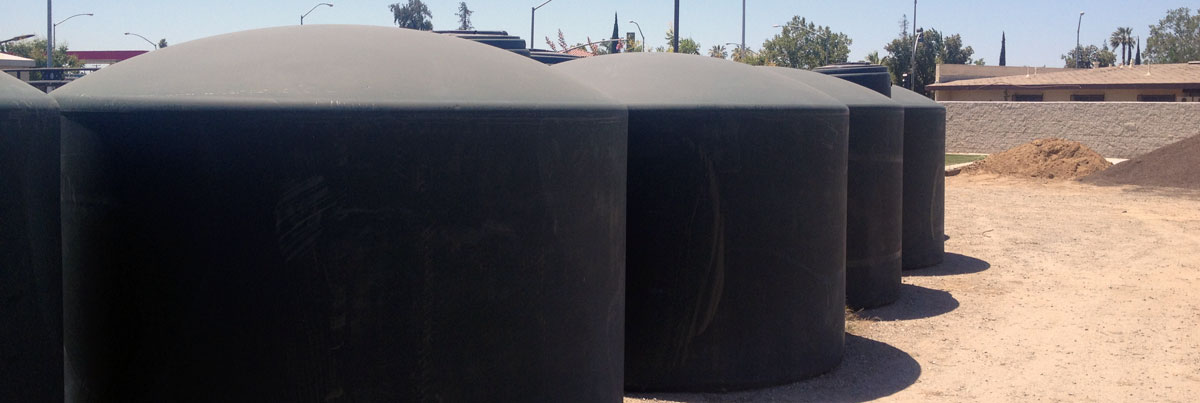Christina Greene - CLIMAS Climate & Society Fellow
Christina Greene is a 2015 CLIMAS Climate & Society Graduate Fellow. She and the other graduate fellows (E. Magrane, V. Rountree, & B. Thapa) will present the results of their fellowship work on Friday Nov 20, at 10:30 a.m., in ENR2, Room 604.

Almonds, Fish, and a Modern Dust Bowl: Narratives of Drought Vulnerability and Adaptation in California's San Joaquin Valley
The plums were a deep red, their oozing juices staining the human-sized cardboard box in wine colored hues. Instead of being stacked in neat pyramids or ensconced in plastic, they were piled in by the hundreds, pressing against each other, their bursting flesh perfuming the air. We stood in two single file lines. At the front of the line, volunteers grabbed plums by the handful and thrust them into our outstretched white plastic bags, counting them out “dos, cuatro, ocho, doce, veinte!” I asked the gentleman in front of me in the line “What are plums called in Spanish?” He smiles at me from beneath his cowboy hat, “Ciruela.”
After all the plums have been bagged, we begin the process again with pallets of tomatoes, frozen chickens, rice, beans, and cucumbers. When all the food is packed and sorted into piles, we distribute them to the residents of this small rural city in California’s San Joaquin Valley where everyone’s job depends on agriculture. Throughout the day I ask people about California’s drought – la sequía. They nod gravely, yes – la sequía.
“We have less hours in the field this year.”
“The harvest season is shorter by a few weeks.”
“My water bill is very high. So much money!”
“There are fewer hours at the packing plant – I am thinking of moving and joining a cousin in Chicago.”

 For my CLIMAS fellowship I am researching the impacts of the California drought on the rural agricultural communities of the San Joaquin Valley. As agriculture is the major source of livelihood in these communities, there is great concern that the drought is impacting farmworker jobs and their ability to put food on the table. In response to the drought, the State of California allocated $25 million in drought relief food boxes to be distributed in communities with high numbers of farmworkers. By volunteering at food aid distributions and speaking with farmworkers, farmers, labor contractors, city officials, social service providers, and state government officials I am researching drought vulnerability.
For my CLIMAS fellowship I am researching the impacts of the California drought on the rural agricultural communities of the San Joaquin Valley. As agriculture is the major source of livelihood in these communities, there is great concern that the drought is impacting farmworker jobs and their ability to put food on the table. In response to the drought, the State of California allocated $25 million in drought relief food boxes to be distributed in communities with high numbers of farmworkers. By volunteering at food aid distributions and speaking with farmworkers, farmers, labor contractors, city officials, social service providers, and state government officials I am researching drought vulnerability.
Droughts occur when there is not enough water to meet the demands of a society or an environment. As droughts are both a physical and a social event, it is important to understand the human dimensions of drought – who is most impacted by the drought and what environmental, economic, and social factors are shaping drought vulnerability? In climate research, there are many different ways to define vulnerability. The IPCC defines vulnerability as the “The propensity or predisposition to be adversely affected” (IPCC, 2014).
To understand drought vulnerability in California, I am asking who is being impacted that is unable to cope and adapt to these impacts? How are they being impacted and how do factors such as the labor market, crop choices by farmers, social services, and migration shape drought vulnerability?
As debates in the media surge around how many gallons of water it takes to produce one almond or what percentage of water does agriculture consume, it is important to also examine the drought’s impacts on jobs and access to food and water for people living and working in the region that produces the majority of the country’s fruits and vegetables.

References:
- IPCC (2014) Climate Change 2014: Impacts, Adaptation, and Vulnerability. Part A: Global and Sectoral Aspects. Contribution of Working Group II to the Fifth Assessment Report of the Intergovernmental Panel on Climate Change. Cambridge, UK and New York, USA.

